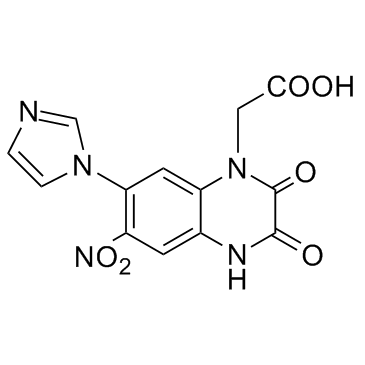iGluR
iGluR (ionotropic glutamate receptor) is a ligand-gated ion channel that is activated by the neurotransmitter glutamate. iGluR are integral membrane proteins compose of four large subunits that form a central ion channel pore. Sequence similarity among all known glutamate receptor subunits, including the AMPA, kainate, NMDA, and δ receptors.
AMPA receptors are the main charge carriers during basal transmission, permitting influx of sodium ions to depolarise the postsynaptic membrane. NMDA receptors are blocked by magnesium ions and therefore only permit ion flux following prior depolarisation. This enables them to act as coincidence detectors for synaptic plasticity. Calcium influx through NMDA receptors leads to persistent modifications in the strength of synaptic transmission.
Targets for iGluR
Products for iGluR
- Cat.No. Product Name Information
-
GC16986
SDZ 220-581 hydrochloride
NMDA receptor antagonist
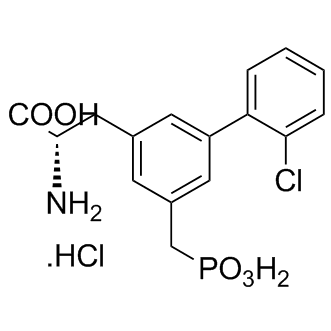
-
GC37703
Sunifiram
Sunifiram (DM-235) is a piperazine derived ampakine-like drug which has nootropic effects in animal studies with significantly higher potency than piracetam.
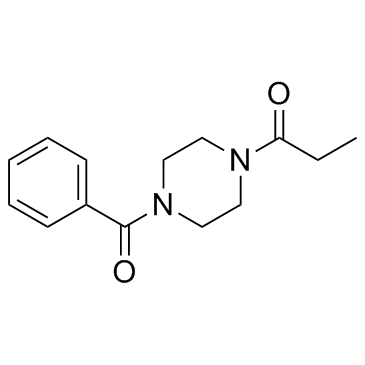
-
GC16101
SYM 2081
kainate receptor agonist
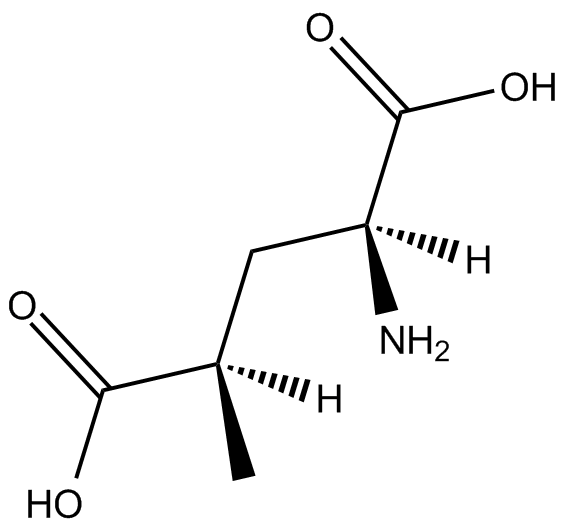
-
GC13728
SYM 2206
AMPA receptor antagonist
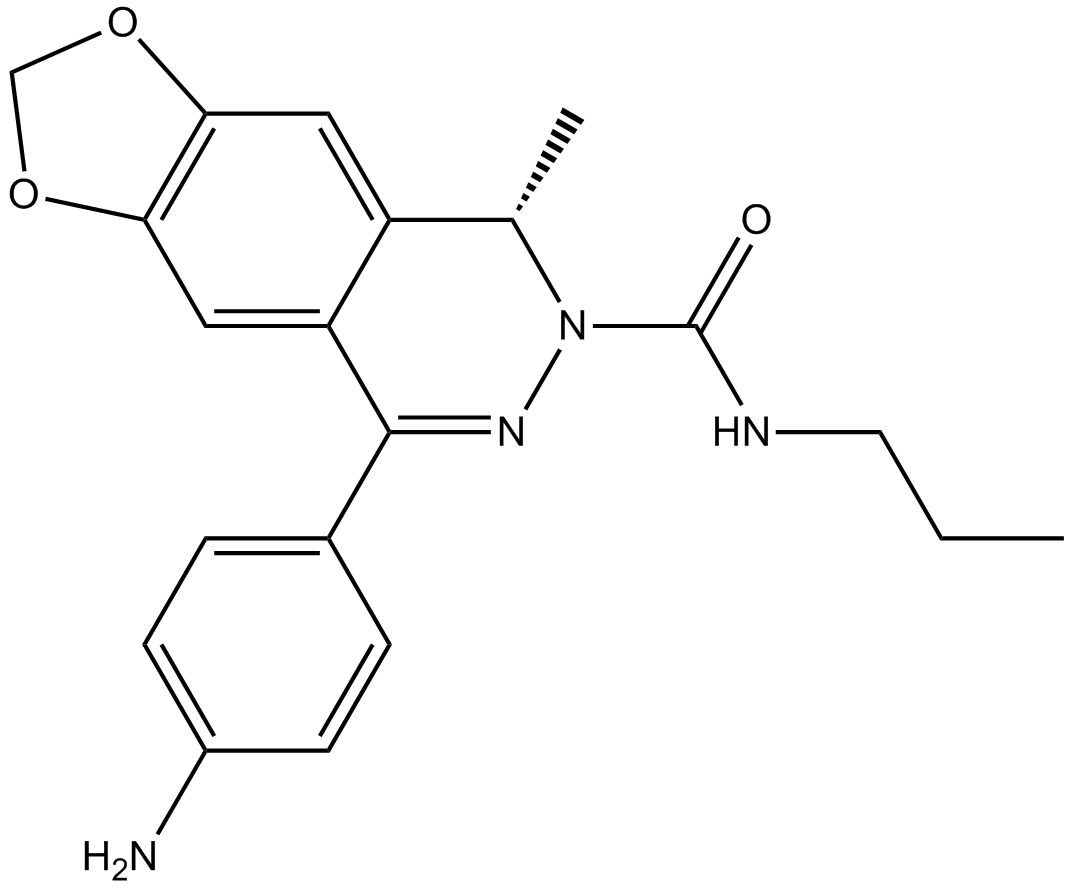
-
GC64650
TAK-653
TAK-653, an AMPA receptor potentiator with minimal agonistic activity, produces an antidepressant-like effect with a favorable safety profile in rats.
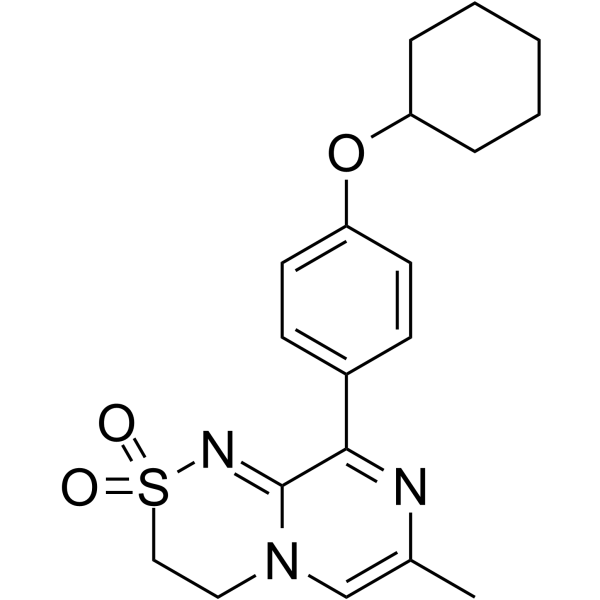
-
GC19346
Talampanel
Talampanel is a potent and selective AMPA-receptor antagonist, is a potential new antiepileptic drug (AED).
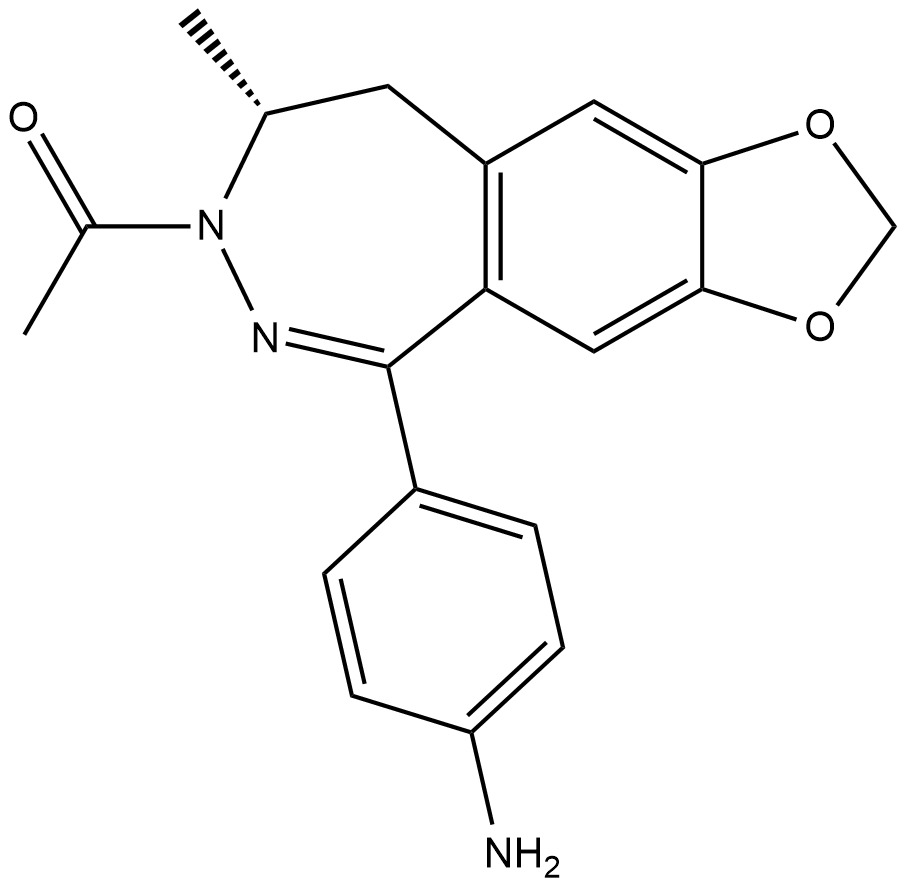
-
GC30774
Tat-NR2B9c
Tat-NR2B9c is designed to prevent nitric oxide (NO) production by preventing postsynaptic density protein 95 (PSD-95) binding to N-methyl-D-aspartate (NMDA) receptors and neuronal nitric oxide synthase.

-
GC34828
Tat-NR2B9c TFA
Tat-NR2B9c TFA (Tat-NR2Bct TFA) is a postsynaptic density-95 (PSD-95) inhibitor, with EC50 values of 6.7 nM and 670 nM for PSD-95d2 (PSD-95 PDZ domain 2) and PSD-95d1, respectively.
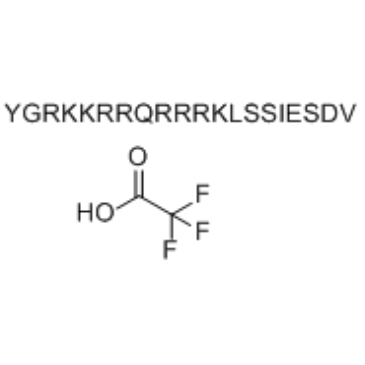
-
GC11585
TCN 237 dihydrochloride
TCN 237 dihydrochloride is a potent and NR2B-selective NMDA antagonist with Ki of 0.85 nM; NR2B Ca2+ influx IC50 is 9.7 nM; no activities on NR2A, NR2C, NR2D, hERG-channel and α1-adrenergic receptor.
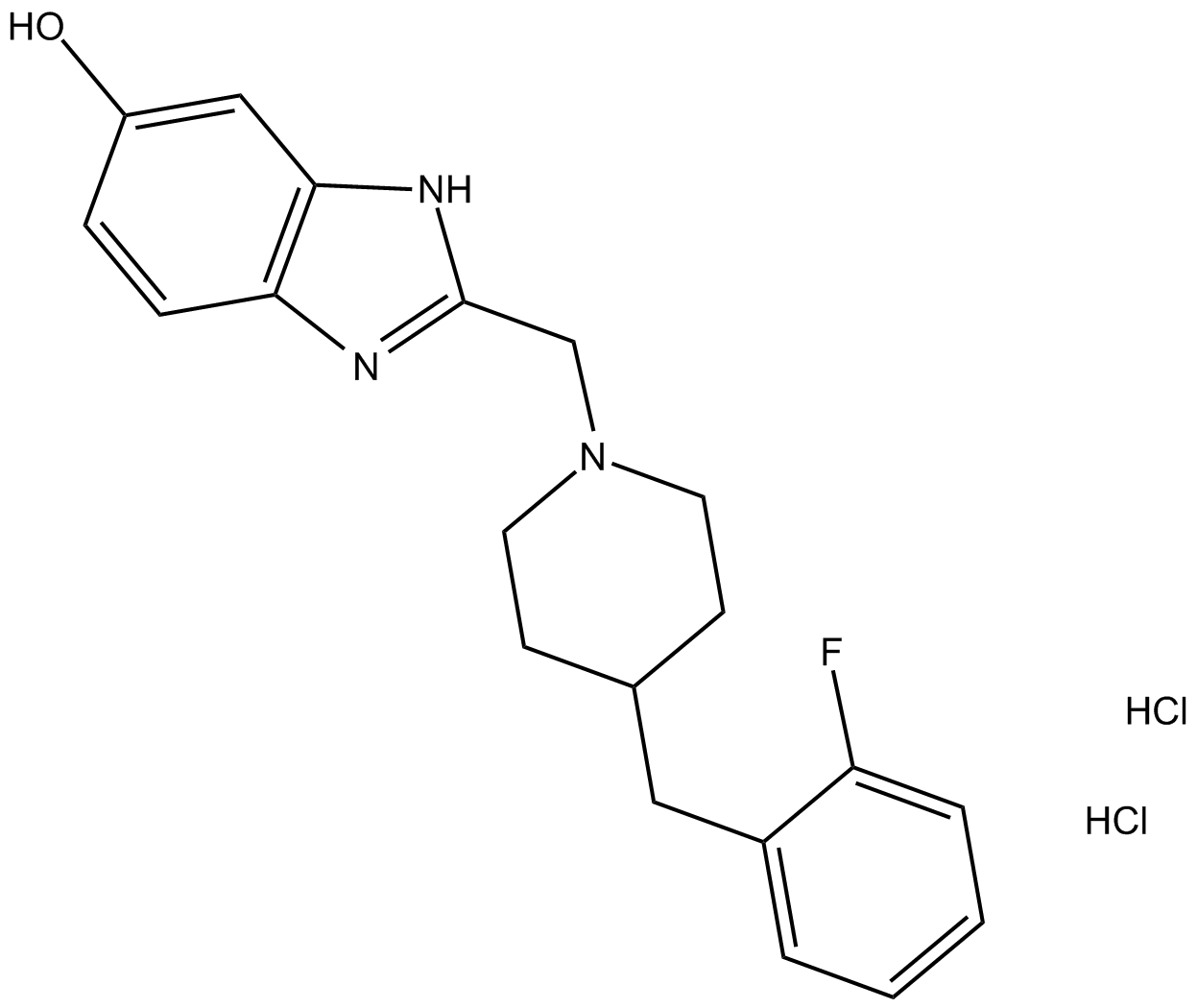
-
GC33341
Transcrocetin (trans-Crocetin)
Transcrocetin (trans-Crocetin) (trans-Crocetin), extracted from saffron (Crocus sativus L.), acts as an NMDA receptor antagonist with high affinity. Transcrocetin (trans-Crocetin) (trans-Crocetin) is capable of crossing the blood-brain barrier and reach the central nervous system (CNS).
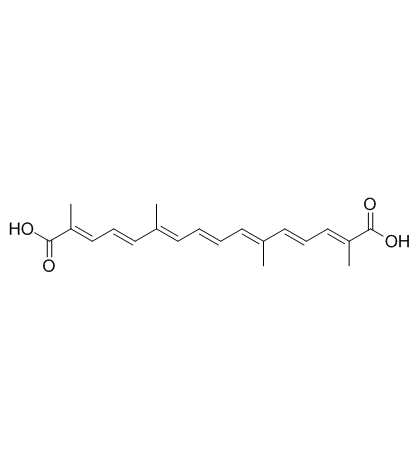
-
GC37821
Transcrocetin meglumine salt
Transcrocetin meglumine salt, extracted from saffron (Crocus sativus L.), acts as an NMDA receptor antagonist with high affinity.
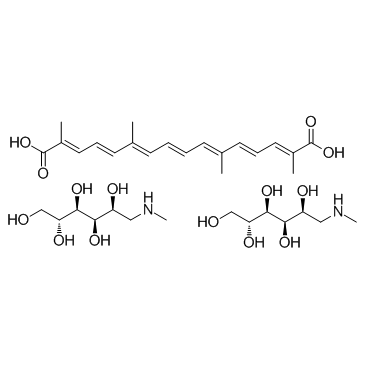
-
GC32447
Transcrocetinate disodium (Disodium trans-crocetinate)
Transcrocetinate disodium (Disodium trans-crocetinate), extracted from saffron (Crocus sativus L.), acts as an NMDA receptor antagonist with high affinity.
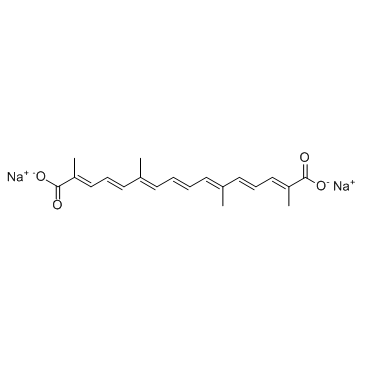
-
GC30839
Traxoprodil
An antagonist of NR2B subunit-containing NMDA receptors
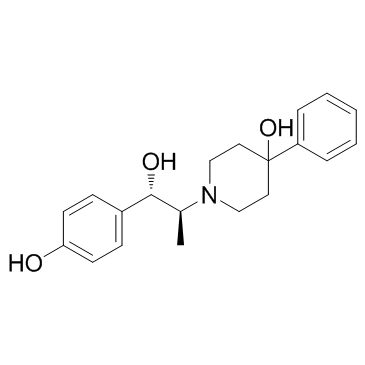
-
GC33685
Tulrampator (CX-1632)
Tulrampator (CX-1632) (CX-1632) is an orally bioavailable positive AMPAR (allosteric modulator of AMPA receptor).
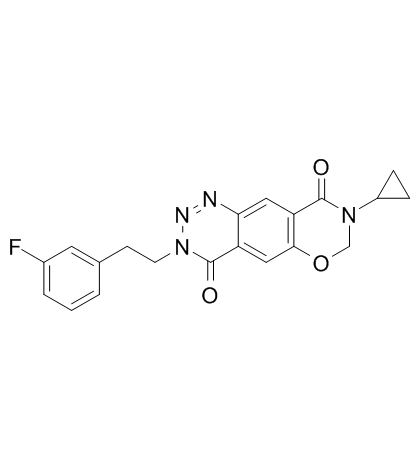
-
GC38446
UBP 302
An antagonist of GluR5 subunit-containing kainate receptors
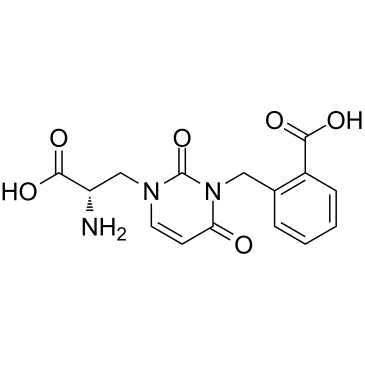
-
GC70084
UBP301 hydrochloride
UBP301 hydrochloride is an effective selective antagonist of kainate receptors, with IC50 and KD values of 164 μM and 5.94 μM, respectively. UBP301 hydrochloride has a selectivity for kainate receptors over AMPA receptors that is 30 times higher. It is a derivative of Willardiine.
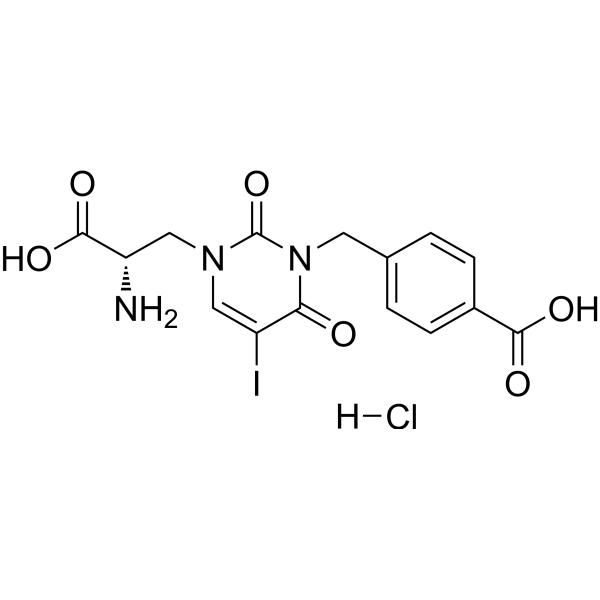
-
GC31153
UK-240455
UK-240455 is a potent and selective N-methyl D-aspartate (NMDA) glycine site antagonist.
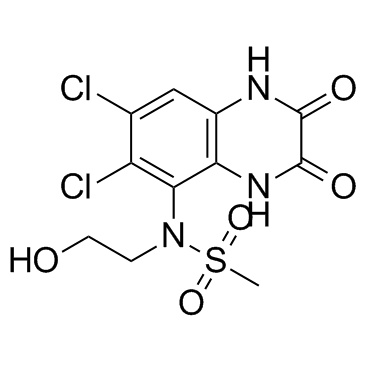
-
GC67922
Zelquistinel

-
GC16300
ZK 200775
ZK 200775 (ZK200775) is a highly selective AMPA/kainate antagonist with little activity against NMDA; have Ki values of 3.2 nM, 100 nM, and 8.5 μM against quisqualate, kainate, and NMDA, respectively.
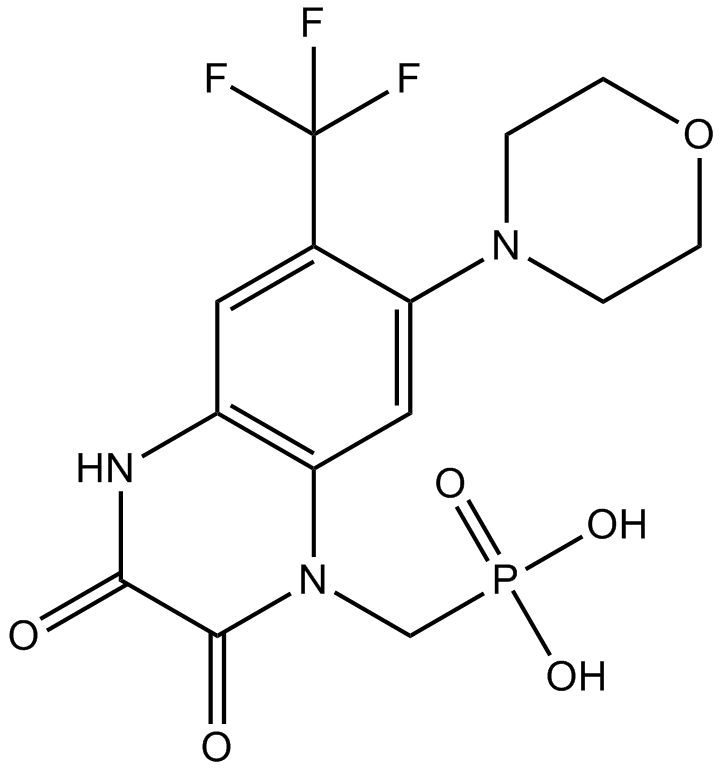
-
GC30818
ZL006
ZL006 is a potent inhibitor of nNOS/PSD-95 interaction, and inhibits NMDA receptor-mediated NO synthesis.
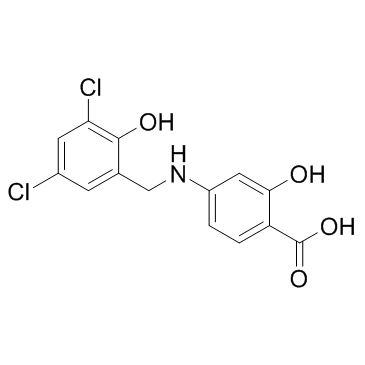
-
GC30457
Zonampanel (YM 872)
Zonampanel (YM 872) (YM 872) is a selective antagonist of the glutamate receptor subtype, α-amino-3-hydroxy-5-methylisoxazole-4-propionic acid (AMPA) receptor.
